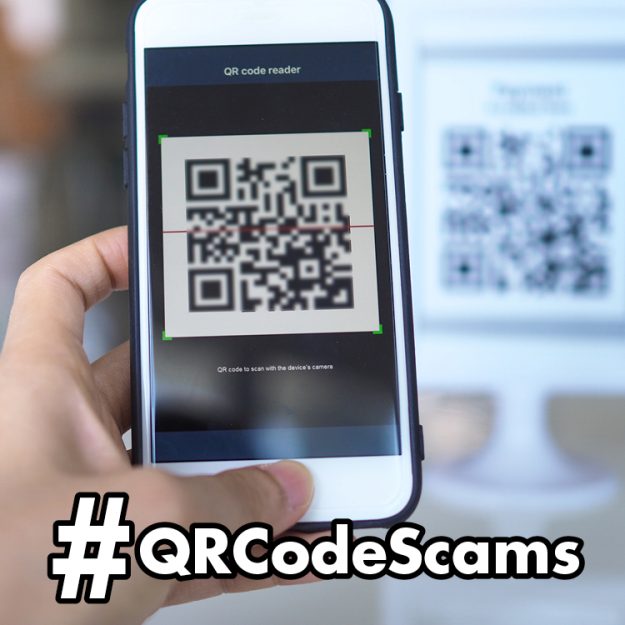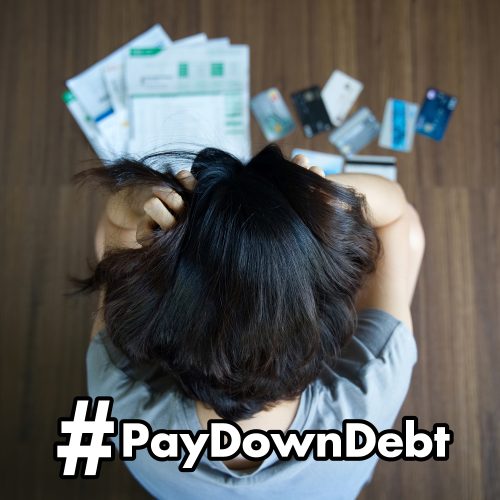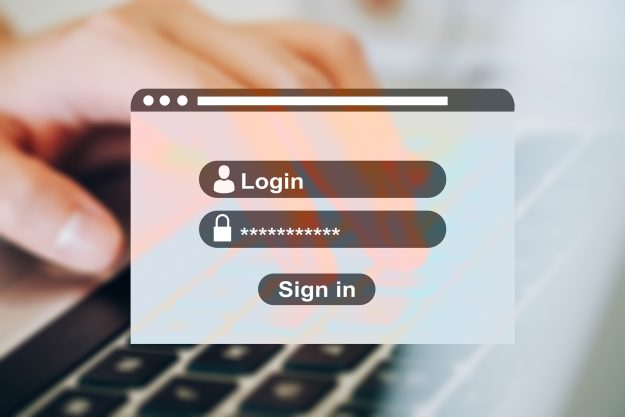Step 5 of 12 to Financial Wellness: Practice Mindful Spending
Creating and deciding to stick to a budget is easy; actually carrying through on your plan is the hard part. For many people, a big part of the gap between what they want to do and what they actually do is caused by their failure to spend mindfully. When every buy is just a swipe away, it can be super-tough to rein in that spending instinct – but it is possible. Here’s how to learn the art of mindful spending.
Find alternative ways to de-stress
Choosing to go shopping to reduce stress, deal with challenges or just to escape real life for a bit makes it difficult to make smart, responsible choices. In addition, the bills or extra debt you’re creating will just power-up your stress levels in the long run. Instead, find another way to lift heavy moods. Find someone to talk to, take a long, hot bath, go for a jog while zoning to your favorite pick-me-up playlist or take up a forgotten hobby again.
Consider disabling the one-click feature for online shopping
If you’re big into online shopping and often end up buying more than you’d planned, consider disabling the one-click feature on sites like Amazon. You can also choose not to have your device “remember” your payment information, so you have to input it whenever you shop, so there is more resistance for your purchases. It may give you just enough pause to reconsider.
Put large purchases on hold
One of the best ways to avoid buyer’s remorse is to put all large purchases on hold. Set your own dollar threshold for what you consider to be a large purchase and resolve to wait a while before completing any purchase in this amount. This, too, will give you time to think about it and allow you to consider whether you really want to spend this money now.
Avoid temptation
It’s hard to keep telling yourself no when temptation is constantly flashing across your screen. Opt out of social media accounts that get you to spend more than you should and unsubscribe from email lists. Avoid browsing on brand sites that trigger overspending and only visit when you need to buy something.
Mindless spending can be the undoing of the most carefully crafted budget. Follow these tips to learn how to spend mindfully.




















